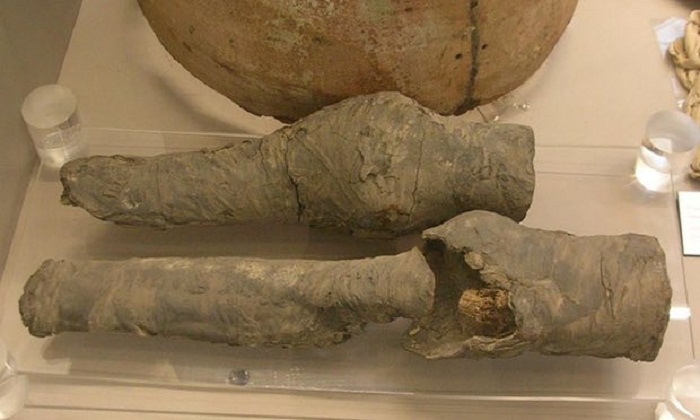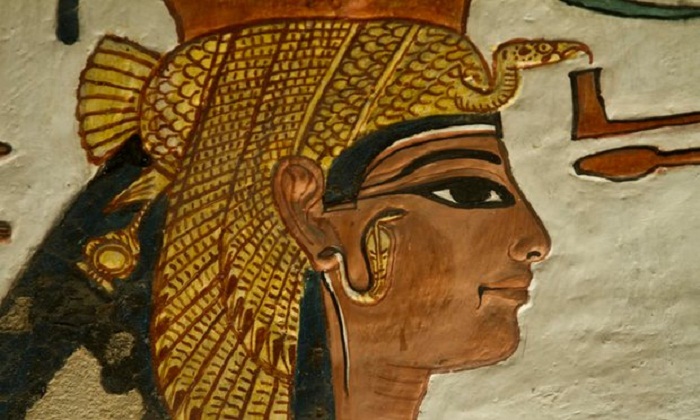“[Her] main role [was] to be the decorative bystander when Ramses was flexing his pharaonic muscles at public events, and she was there as the eye candy,” said Joann Fletcher from the University of York, a co-author of the research published in the journal PlosOne. “But really, [she was] a striking woman who I think exerted a quiet power behind the throne.”
Nefertari’s lavish tomb was discovered in 1904 – the walls covered in beautiful paintings, although the tomb itself had been looted long before. But it was unclear whether the fragmented, mummified legs discovered among the remaining contents did indeed belong to the queen.
“There is a long, long history certainly in that part of Egypt around the Valley of the Queens, the Valley of the Kings and the nobles’ tombs - you have repeated reuse of many burial sites, so lots of tombs were reused in later times,” said Fletcher. “You have got the effects also of very occasional but dramatic flash floods, when all sorts of material can be washed into tombs – so while things are found in a tomb it doesn’t necessarily follow that the human remains that you are finding are those of the individual portrayed in there and on the tomb walls.”
In an attempt to resolve the question, Fletcher and an international team of researchers carried out a host of tests on the remains– currently housed in the Egyptian museum in Turin, Italy – including radiocarbon dating, x-rays of the legs, comparison of the knees with ancient and modern samples, and an investigation of the chemistry of the embalming agents.

“Having studied the woman, and having looked as so many images of her beautiful face, I think there is a sense of immense irony that physically this is what we have got,” said Fletcher. “She has been reduced to knees. But because we don’t give up – it’s like: ‘we have got the knees, well, let’s do what we can with them.’”
The results reveal that remains belong to a woman probably aged around 40 to 50 years, who appears to have had a high social status. “The expertise that had gone into that mummification – even judging from the legs – the care, the attention, the wrapping, the materials employed; they are strongly suggestive someone of incredibly high status,” said Fletcher.
Together with the chemistry of the embalming agents, and analysis of various objects found in the tomb, the authors say the evidence suggests the knees are indeed those of Nefertari.
But not everyone is bowled over by the conclusion. As Christopher Eyre, professor of Egyptology at the University of Liverpool points out, no information could be gleaned from the team’s ancient DNA analysis, comparisons to other knees can be problematic and, in any case, the knees were largely assumed to belong to Nefertari.
“This is an extremely interesting scientific analysis, but in the end it doesn’t add anything to our assumptions before we started,” he said.
More about:
















































